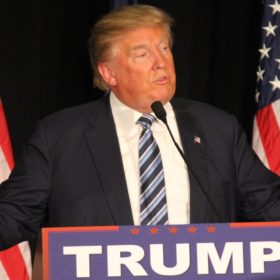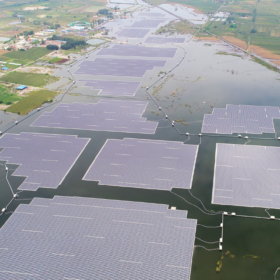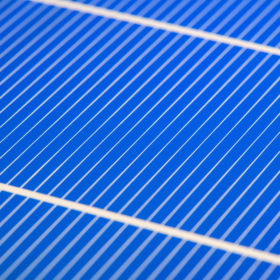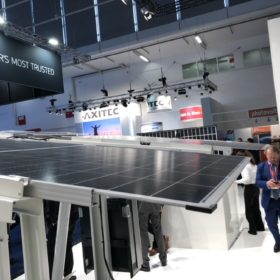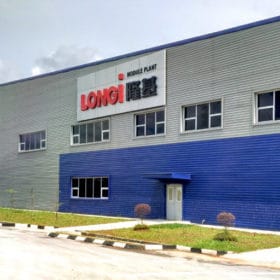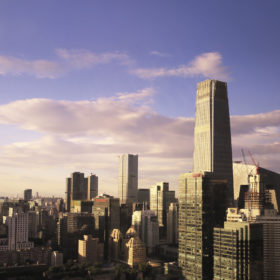Chinese solar production figures continue to ramp up
Quasi-governmental body the CPIA has released first-half figures for the world’s biggest solar marketplace which show production volumes for export markets continuing to expand and the domestic picture set to rebound after public solar subsidy levels were published.
Longi signs $540m wafer supply deal
The contract figure is based on today’s mono prices and equates to almost 20% of the revenues seen in 2018. The supply deal is the second big order the company has secured in 12 months.
Talesun pivots Thailand fab towards sanctioned US market with high efficiency retrofit
The Chinese manufacturer has embarked upon an upgrade of 1.5 GW of its module production lines which is set to be completed this year. Previously used to get around trade restrictions applied by the EU, the Thai facility will now produce output for the U.S. market.
The weekend read: China’s hard change towards grid parity
Each shift in Chinese PV policy is watched by the solar world. And the reforms unveiled in late April and early May have left many scrambling to catch up. While they may rein in unbridled growth, the changes are leaning towards a future of further cost reductions, particularly soft costs, and the golden goal of grid parity PV.
Tongwei announces output tie-up with Longi
The two Chinese companies will acquire 30% shares in each other’s respective wafer and silicon businesses and plan to purchase at least 75% of each other’s future output, as part of a complex mutual investment arrangement announced ahead of the SNEC PV Power Expo 2019.
New cell efficiency records for Trina and Canadian Solar
Chinese PV manufacturer Trina Solar today announced it has achieved a new efficiency record of 24.58% for a cell based on n-type monocrystalline TOPCon technology. The record has been confirmed by the ISFH CalTeC laboratory in Germany. Meanwhile, fellow giant Canadian Solar also hit a new milestone with its cast mono technology, reaching 22.28% conversion efficiency on a 157mm² wafer.
Protectionist measures working as Chinese export destinations shift
While the world’s biggest solar manufacturers are confident there are plenty of alternative markets for a rising volume of panel exports, the message spelled out by first-quarter shipment figures is that protectionism works.
Longi plans two new production lines in China’s PV heartland
The solar manufacturer has revealed plans to invest around $875 million in production capacity for monocrystalline ingots, wafers and cells – and expects to raise a chunk of the cost with a shares issue this week.
China stirs the PV world – by preparing to shift to auction mechanism
Projects not encompassed by the new, central-subsidy-free, ‘grid-parity’ regime will be eligible to bid for a government subsidy. But, at a reported $446 million, the pot is not very big.
Chinese city wants 700 MW of new solar within two years
The capital city of pollution-blighted Zhejiang province has announced an ambitious clean air policy in the wake of Beijing’s call for local governments, big lenders and power companies to pull out the stops to restart the solar revolution.

